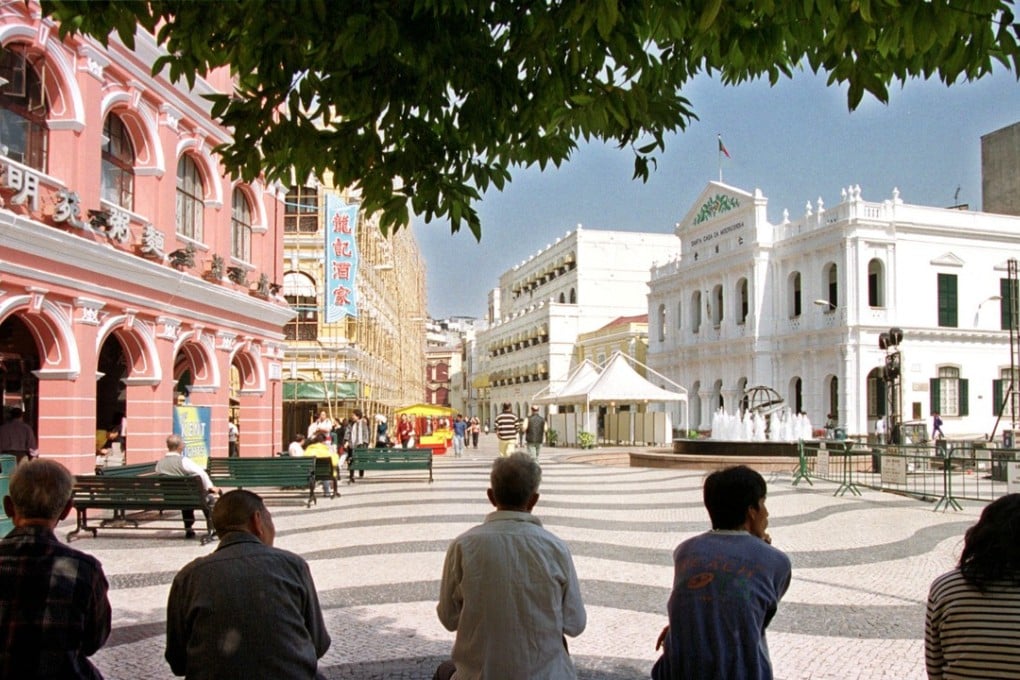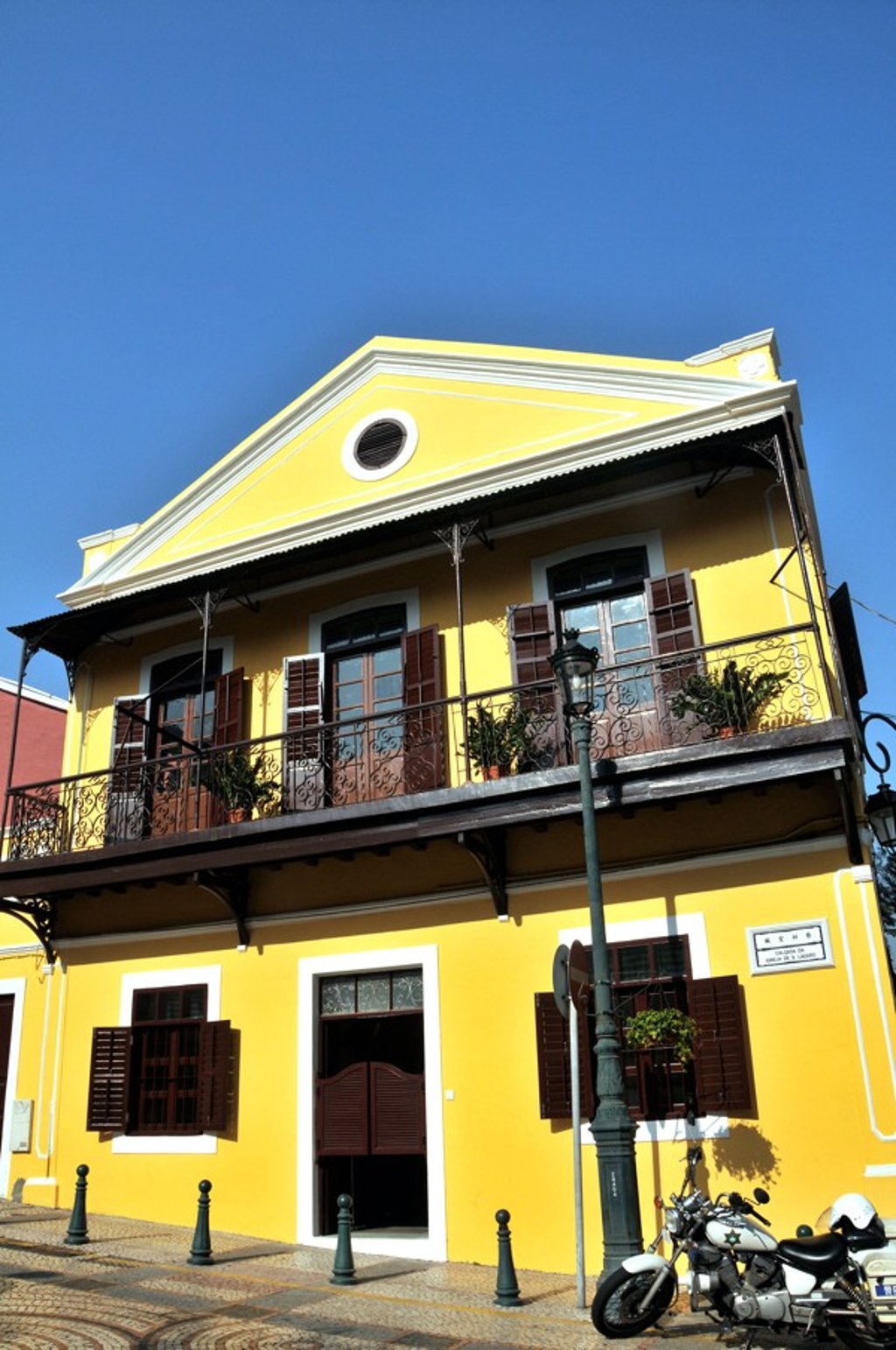Then & Now | Why colonial Hong Kong’s architecture owed more to Calcutta and Macau than Britain
For all the homesick nods to the Scottish Highlands that once dotted The Peak, Hong Kong architects generally married proven features for subtropical living, and some adornments, with existing metropolitan style

One word that occurs far too frequently these days is “colonial”. Overused by cliché-prone travel and architecture writers attempting to describe settings better termed “retro” or “recherché”, stereotypical “colonial style” is epitomised by window shutters, ceiling fans, rattan furniture and potted palms.
The colonies needed a metropolitan area to copy, but early Hong Kong’s building styles were not modelled upon anywhere in Britain. Parts of Hong Kong, such as The Peak, eventually developed a subtropical, homesick-Scottish-Highlands architectural pastiche. Tartly described as stockbroker’s baronial, much as its half-timbered, mock-gabled, English suburban equivalent became derided as stockbroker’s Tudor, both styles were widely replicated everywhere from Nairobi to Melbourne.

Calcutta was the Canton delta’s major external trading partner for more than a century; for the merchants and traders of various ethnicities who made their homes and lives on the China coast for nearly three centuries before the establishment of Hong Kong and the treaty ports, the Portuguese territory of Macau was their home-away-from-home. It was to these two cities, and their practical building styles that Hong Kong’s early European residents looked for guidance, inspiration and a comforting sense of the familiar in a new and untested place.

